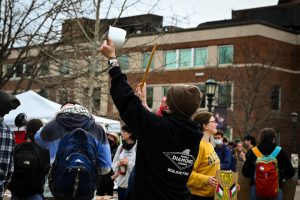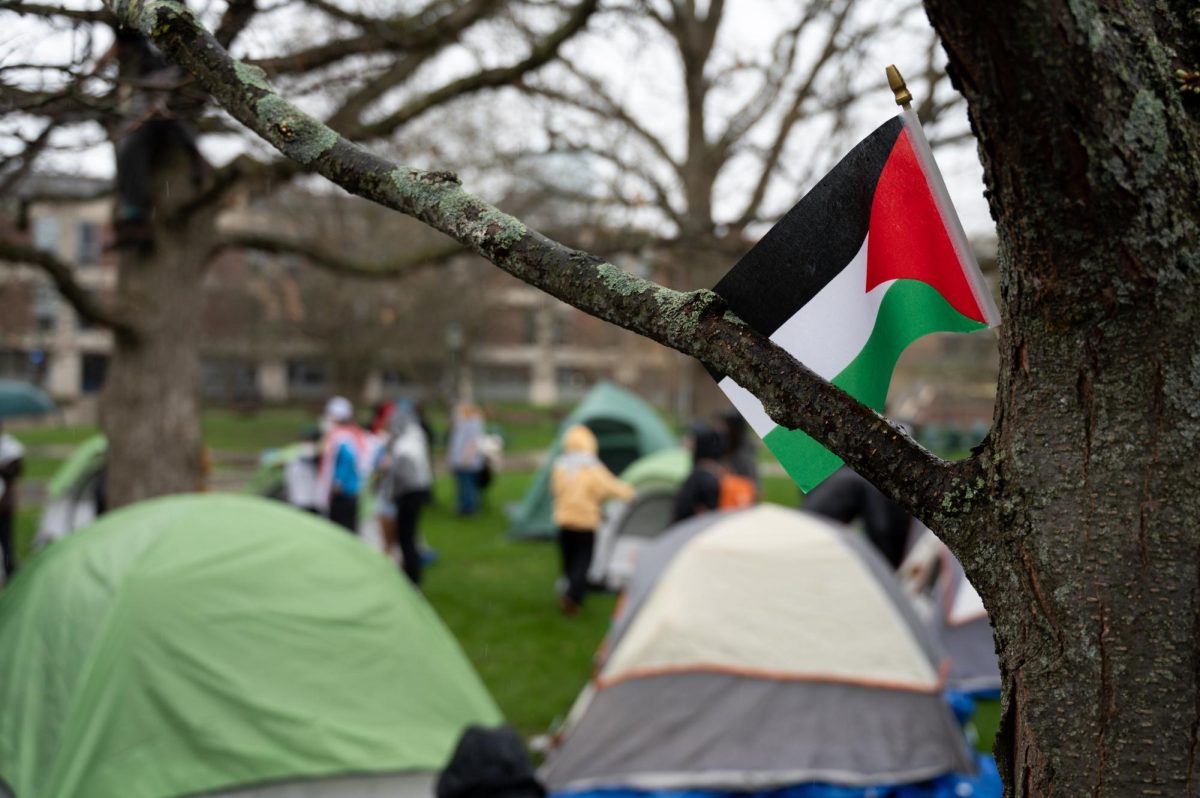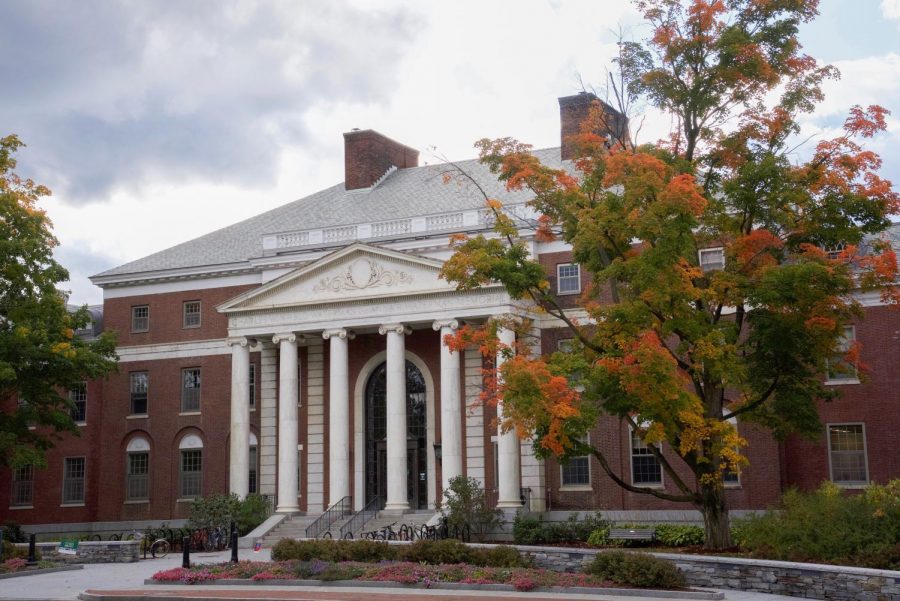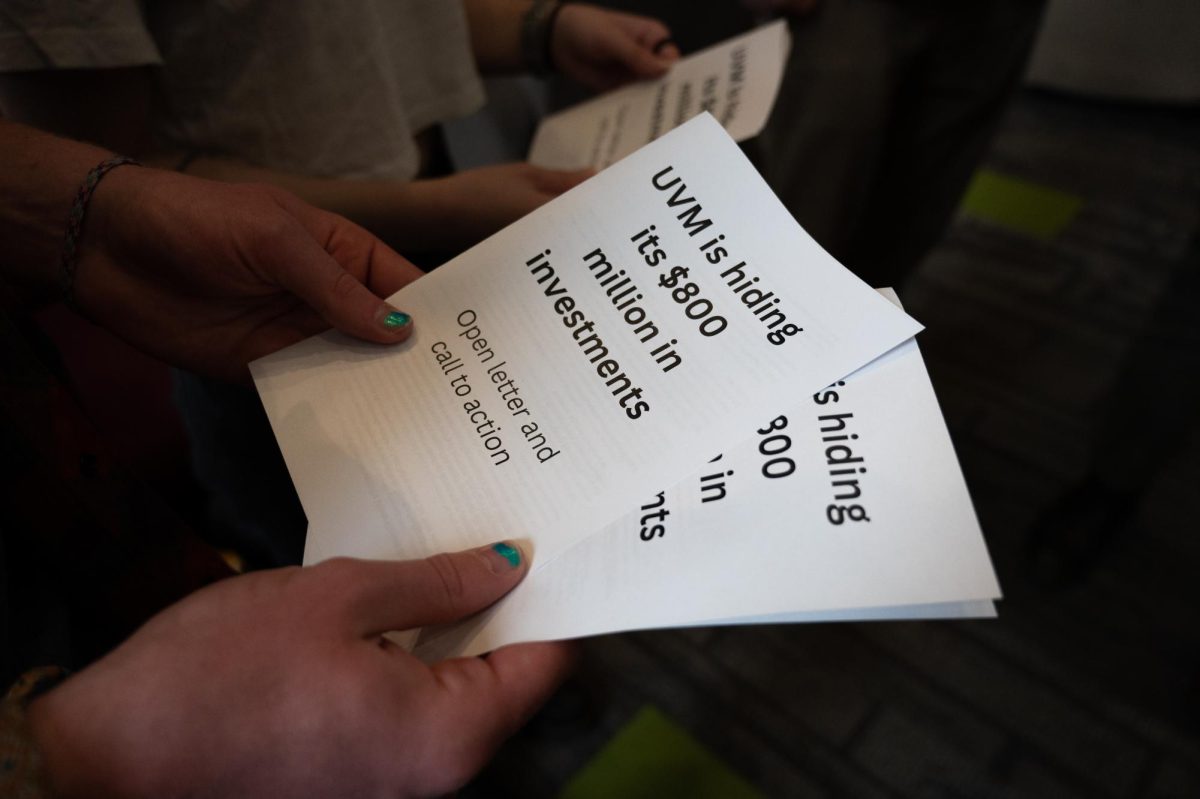In Burlington, a land of coffee shops and microbreweries, an overlooked culture of tea is gaining presence. Dobr?? Tea, a bohemian tea shop on Bank Street, travels each spring in hopes of bringing back more of these teas, these stories, from different cultures.Each tea has its own story or narrative that allows the drinker to put off work or exams and experience another culture, from Indian to English.In the past, Dobr?? has gone everywhere from Africa to China and has accumulated around 85 teas which are offered at the tearoom. This year, the tea connoisseurs of Dobr?? will travel to Japan, Andrew Snavely, the owner of Dobr?? Tea, said. While traveling, Dobr?? searches for tea based on seasonality, taste, production and the fermentation process, Snavely said. When in Japan this spring, Dobr?? will be searching for green teas and researching the Japanese tea ceremony.Dobr?? imports all of its own tea and chooses the best tea that is affordable. Though some teas can run up to $100 per ounce, Dobr??’s goal is to provide tea that is affordable to people everyday, Snavely said. The majority of the tea available at Dobra comes from China. With so many different teas, Snavely referred to the nation as “the motherland of tea.” Dobr?? also has some of its own blends of tea, such as Chai Chai Chai. The menu entry tells exactly when a customer should drink this particular tea: “Memories of India. A black Indian Assam tea simmered in milk and strongly sweetened. It is served in a 6.4 ounce glass with an uninterrupted shout of Chai, Chai, Chai, just as it is served in India. A good tea for reminiscing about glorious journeys.”Teas are available to drink in single servings at the tearoom or to buy in bulk and take home. The tearoom was originally designed in Czech decorations, Snavely said, but over the years has come to envelop the decorative schemes of many different cultures.When dining at Dobr??, a customer is given a novel-length menu and a small brass bell to ring when ready to order. The menu reads more similarly to a travel log or a history textbook than something from which to order. It contains myths and legends involved with each tea, a background for the tea’s native culture, religious affiliations, and even healing properties of the teas. Dobr??’s menu is, in fact, more of a novel than a menu; it tells the story of the tea. The menu, the ceremony, and the atmosphere all create an experience, which, when discussing natives of tea cultures, Snavely said “brings them back home.”Snavely said cultural involvement and authenticity in the tea ceremony is crucial to the experience of drinking a particular tea. He recalled an anecdote of Dobr??’s authentic chai bringing a woman to tears, “because our tea was so authentic the woman got very emotional,” Snavely said.When asked the amount of influence the native culture of a tea has on any particular tea, Snavely replied, “Oh, its huge.” “We strive to serve everything traditionally as it would be served in different countries,” Snavely said. The employees learn everything from brewing to elaborate Gong Fu ceremonies. “Our goal is to have you experience that culture through tea,” Snavely said. “Come with the intention to relax, you know, and put the rest of the world behind you.”Tea drinking culture is filtering through the University of Vermont campus as well. This year the Living and Learning Global Village introduced a new learning community, Exploring Culture Through Tea. “The tea program is a new development for Global Village, which until this year included, for the most part, programs devoted to a particular language or cultural group,” Professor Joseph Aquisto, Interim Director of the Global Village, said. “Exploring Culture Through Tea allows students to make links among a wide variety of different cultures, from India and China to England and beyond.” The Exploring Culture Through Tea program objectives include their statement: “We will explore the ways in which tea is experienced, the purpose behind its uses, and how different cultural values and histories are reflected in those practices.”The program includes 13 members living together and has sponsored a number of events this year. “So far this semester we’ve had an International Tea Tasting in September. We served six different teas and provided some background information on them and the countries they were from,” Abby Johnsen, Student Director of the Program, said.”This was a big social gathering set up for mingling and a casually informative atmosphere,” Johnsen said.Events involving tea-drinking coming up include Chinese Tea and Conversation Hours, Global Tea Parties, and even a Moroccan-themed dinner with traditional Moroccan tea to accompany an “EqualiTea” conversation and discussion hour with InGEAR, Integrating Gender Equality and Reform, Johnsen said.Included in their mission statement are plans for future events: “We’d like to team up with Mind, Body and Soul to host a Finals De-Stress Tea Session during finals week, presenting information on the benefits of tea.”Trying out a new form of the classic coffee and doughnuts for casual get-togethers, Christian Barron recently organized a Global Tea Party that incorporated a sex talk/discussion.From sex talks to Gong Fu, Burlington’s residents are being exposed to the many sides of the classic beverage. For the cold months ahead, replacing the coffee bean for the tea leaf is an option not to be tossed away with last week’s tea bags.











